This tour will operate a day after Gyeongju Cherry Blossom Marathon
The application deadline is until the 23rd March. All entries will be accepted online (www.cherrymarathon.com) with four events including full course, half course, 10km and 5km health run.
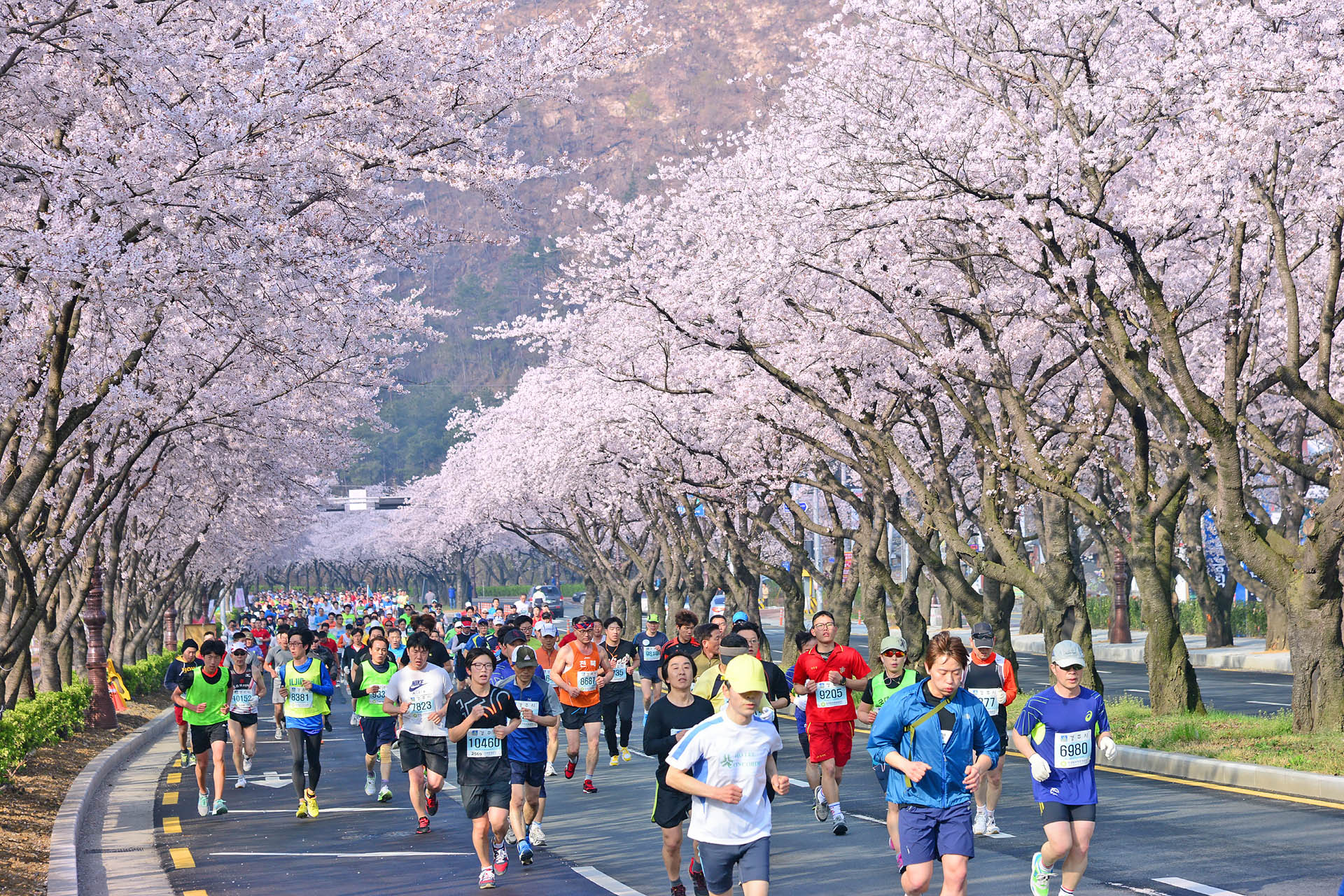
27th Gyeongju Cherry Blossom Marathon Day Tour
in cherry blossom in historical city of Gyeongju
The ‘Gyeongju Cherry Blossom Marathon’, the most beautiful marathon course in Korea, will be held on April 7th 2018.
The 27th Gyeongju Cherry Blossom Marathon will be held in Gyeongju City on April 7 and will run from its location in front of the Bodeok-dong Community Service Center in the Bomun Complex to run a 2,000-year-old historical city and produce more spectacular scenery than cherry blossoms.
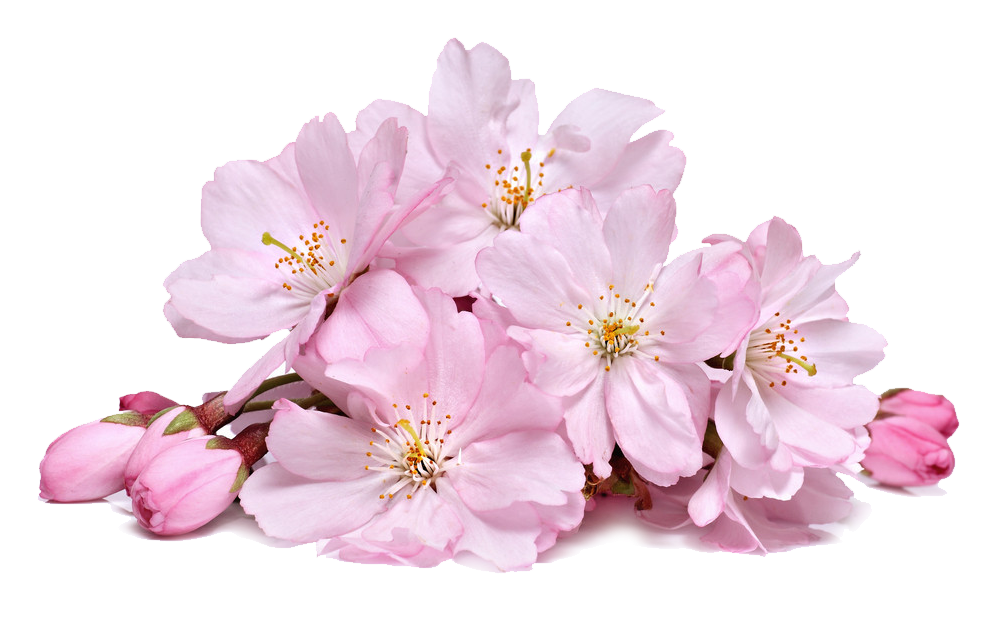
Gyeongju Cherry Blossom Marathon Information
Date & Time: 08:00am April 7, 2018 (Sat)
Place: Bodeok-dong office
Participants
Full Course – Healthy men and women aged over 18 who have agreed to the ‘Entrant Agreement’
Half, 10km, 5km Course – Healthy men and women who have agreed to the ‘Entrant Agreement’
Apply: www.cherrymarathon.com
Registration
Registration will be open from December 28, 2017 to March 23, 2018
(Registration is on a first come first served basis and space is limited)
Payment
Full, Half, 10km (KRW 30,000), 5km (KRW 20,000), Disabled person (KRW 15,000)
Host
Gyeongju, Yomiuri Newspaper Western Head Office, Korea Tourism Organization
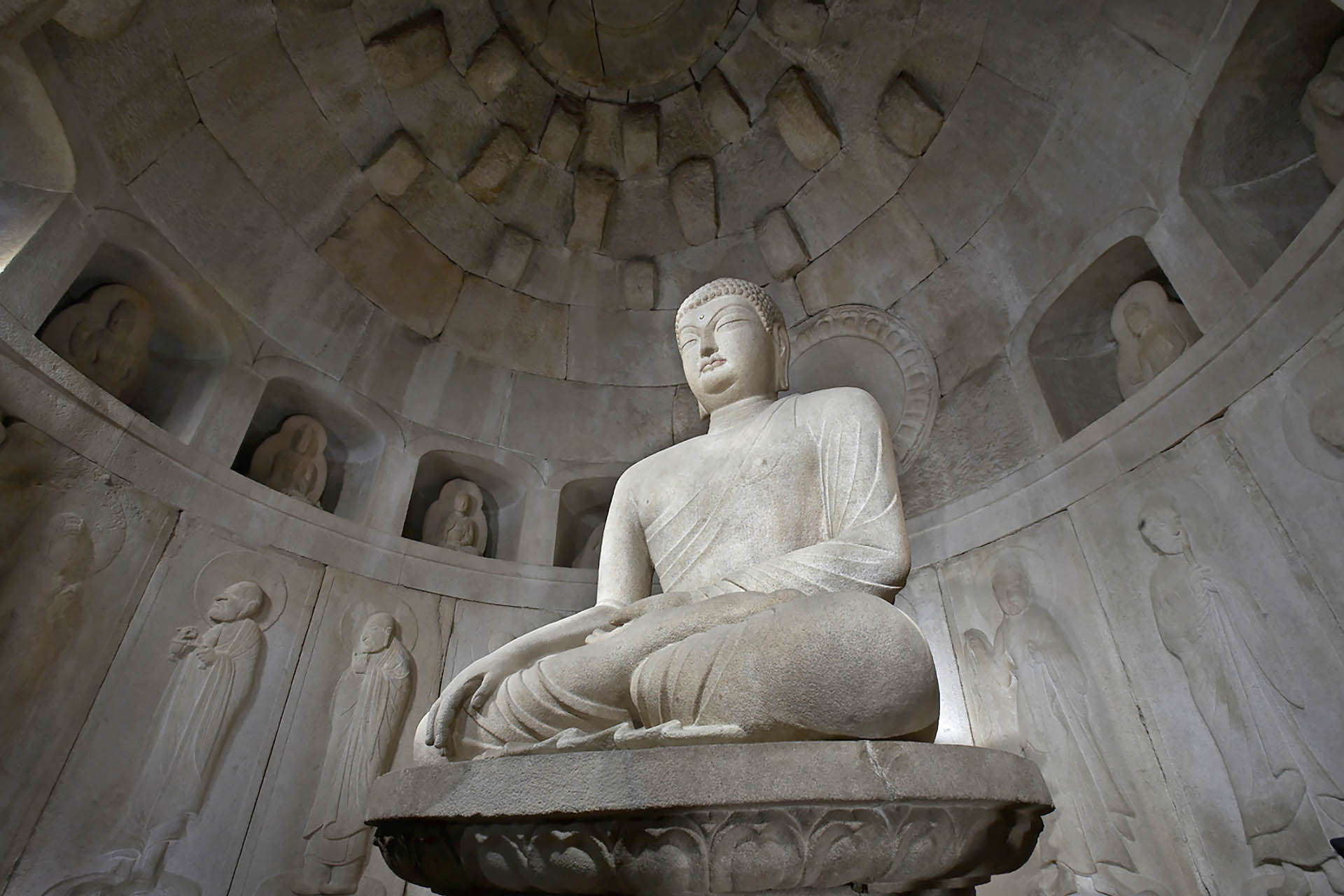
Millennium City Gyeongju Day Tour
City of Cyeongju, known as ‘the museum without walls’, Gyeongju holds more tombs, temples, rock carvings, pagodas, Buddhist statuary and palace ruins than any other place in South Korea.
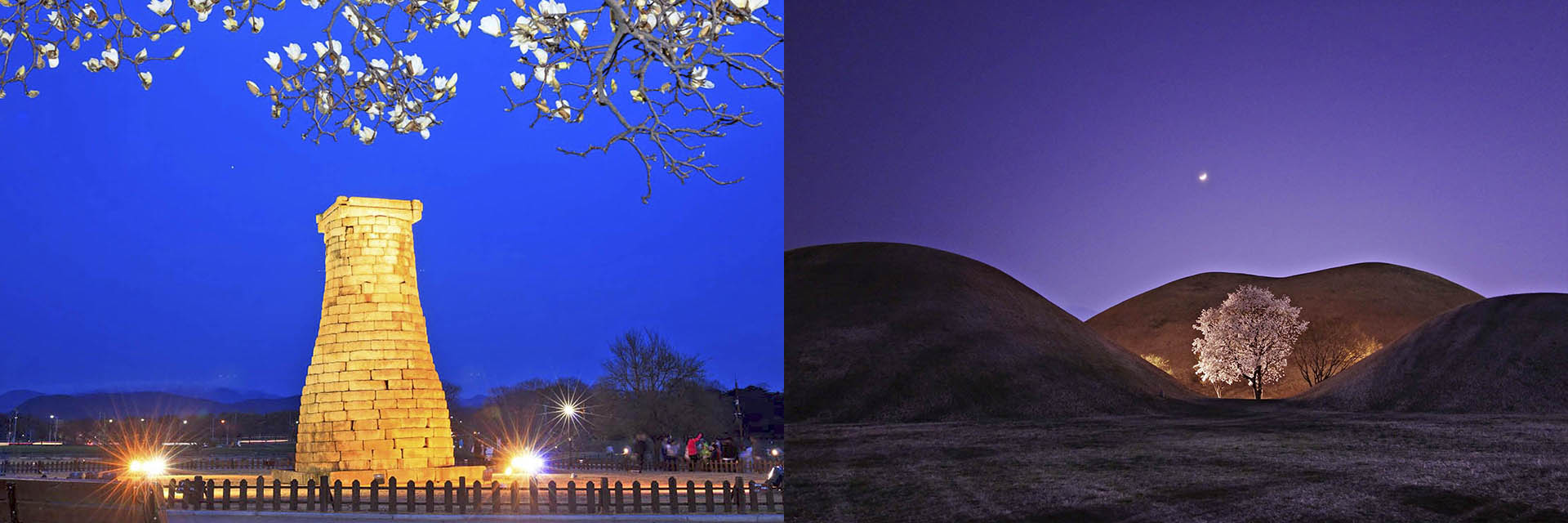
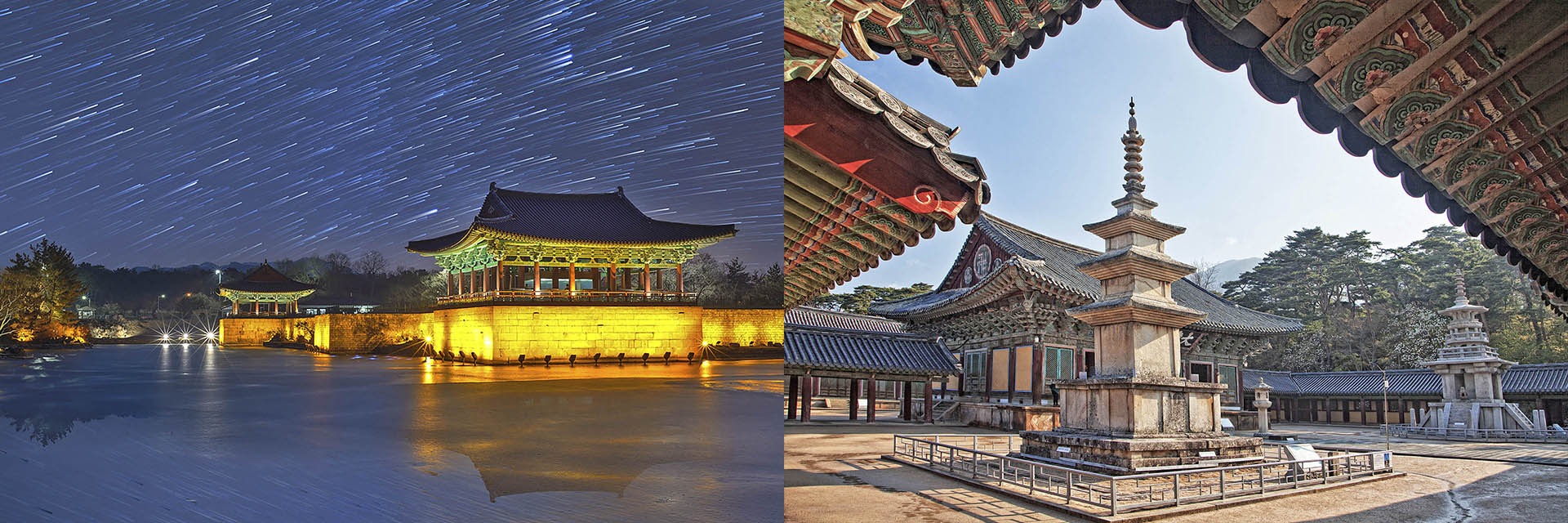
Check the name list with tour voucher
Seokguram, located on Tohamsan Mountain, is the representative stone temple of Korea. The official name of Seokguram, National Treasure No. 24, is Seokguram Seokgul. Designated as a World Cultural Heritage Site by UNESCO in 1995, it is an artificial stone temple made of granite. The construction was started by Kim Dae-Seong (700-774) in 751 during the reign of King Gyeong-Deok (742-765) of the Silla Kingdom (57 BC – AD 935) and it was finished twenty-four years later in 774, during the reign of King Hye-Gong (765-780).
Seokguram is known to have been built with Bulguksa Temple. According to the history book Samgukyusa of the Goryeo Dynasty (the country that unified the Korean peninsula at the end of the Silla Kingdom, 918-1392), Kim Dae-Seong had Bulguksa Temple built for his parents in his current life, and Seokguram Grotto for the parents of his former life.
Inside the round-shaped main hall are the Bonjon Statue, Bodhi-sattva and his disciples. The Bonjon figure wearing a generous smile is seated on the stage engraved with a lotus flower design. The rounded ceiling looks like a half-moon or a bow and has a lotus flower decorated cover on it. As the sunrise from this spot is quite beautiful, many people climb the mountain at daybreak.
Bulguksa Temple is the representative relic of Gyeongju and was designated as a World Cultural Asset by UNESCO in 1995. The beauty of the temple itself and the artistic touch of the stone relics are known throughout the world.
Bulguksa Temple was built in 528 during the Silla Kingdom, in the 15th year of King Beop-Heung’s reign (514-540). The temple was originally called ‘Hwaeom Bulguksa Temple’ or ‘Beopryusa Temple’ and was rebuilt by Kim Dae-Seong (700-774), who started rebuilding the temple in 751 during the reign of King Gyeong-Deok (r. 742-765) and completed it in 774 during the reign of King Hye-Gong (r. 765-780). Upon completion, the temple’s name was changed to Bulguksa.
Bulguksa Temple underwent numerous renovations from the Goryeo Dynasty (918-1392) to the Joseon Dynasty (1392-1910), but was burned down during the Imjin War (Japanese Invasions, 1592-1598).
Reconstruction started again in 1604 during the 37th year of King Seon-jo’s reign (Joseon Dynasty) and was renovated about 40 times until 1805 (during the reign of King Sun-Jo, 1790-1834). After this time, the temple suffered serious damage and was often the target of robbers.
In 1969, the Bulguksa Temple Restoration Committee was formed and in 1973, Mulseoljeon, Gwaneumjeon, Birojeon, Gyeongru, and Hoerang (all of which had previously been demolished) were rebuilt. Other old or broken sites (such as Daeungjeon, Geungnakjeon, Beomyeongnu and Jahamun) were repaired.
Even today, Bulguksa Temple is home to many important cultural relics such as Dabotap Pagoda (National Treasure No. 20), Seokgatap Pagoda (National Treasure No. 21), Yeonhwa-gyo & Chilbo-gyo Bridges (National Treasure No. 22), Cheongun-gyo & Baegun-gyo Bridges (National Treasure No. 23), Seokguram Grotto (National Treasure No. 24), the Golden Seated Vairocana Buddhist Figure (National Treasure No. 26), the Golden Seated Amita Figure (National Treasure No. 27), and Saritap Pagoda (Treasure No. 61).
Gyeongju Donggung Palace and Wolji Pond were the secondary palace site which was used for the palace of the Crown Prince along with other subsidiary buildings and it also was the banquet site for important national event and important visitors. After the fall of Silla, the site was abandoned and forgotton. The pond was referred to as “Anapji” instead during the time of Goryeo and Joseon period. In the 1980s, pottery fragment with letters “Wolji” (a pond that reflects the moon) carved onto it was found, revealing the true name of the pond. After the discovery, the site has been renamed to the current Donggung Palace and Wolji Pond.
Cheomseongdae is the oldest existing astronomical observatory in Asia.
Constructed during the reign of Queen Seon-deok (r. 632-647), it was used for observing the stars in order to forecast the weather. This stone structure is a beautiful combination of straight lines and curves, and was designated as National Treasure No.31 on December 20th, 1962.
Cheomseongdae was built in a cylinder shape with stones 30cm in diameter. 362 stones were piled up to make 27 levels. Roughly 4.16m up from the bottom there is a 1㎡ square entrance and a space to hang a ladder under it.
The inside is filled with soil up to the 12th level, and the 19th, 20th, 25th, and 26th levels all have long rocks hanging on two areas, shaped as the Chinese letter ‘井’ (jeong).
It stands 9.17m high and the base stone on each side measures 5.35m.
The Vernal Equinox, Autumnal Equinox, Winter Solstice, Summer Solstice and the 24 solar terms (also known as the astronomical solar year) were determined by the observation of stars. The pavilion stone is believed to have been used as a standard of deciding directions, north, south, east and west. The 362 stones used to build Cheomseongdae represented the 362 days in a lunar year.
Within Daereungwon Tomb Complex is Cheonmachong Tomb (Ancient Tomb No. 155), which was excavated in 1973. Cheonmachong Tomb consists of a wooden coffin placed inside an underground chamber mounded with boulders and earth, characterized as a typical upper class tomb of the Silla period. The mound has a height of 12.7 m with a diameter of 50 m, and consists of a layer of rocks collected from streams. Below the rock layer is a wooden chamber with a length of 6.5 m and a width of 2.1, reaching 2.1 m in height, with the wooden coffin at its center. A total of 11,526 artifacts were discovered within the tomb, including Cheonmado, an artwork considered to be highly valuable as it is Korea’s first artwork to be excavated from an ancient tomb.
